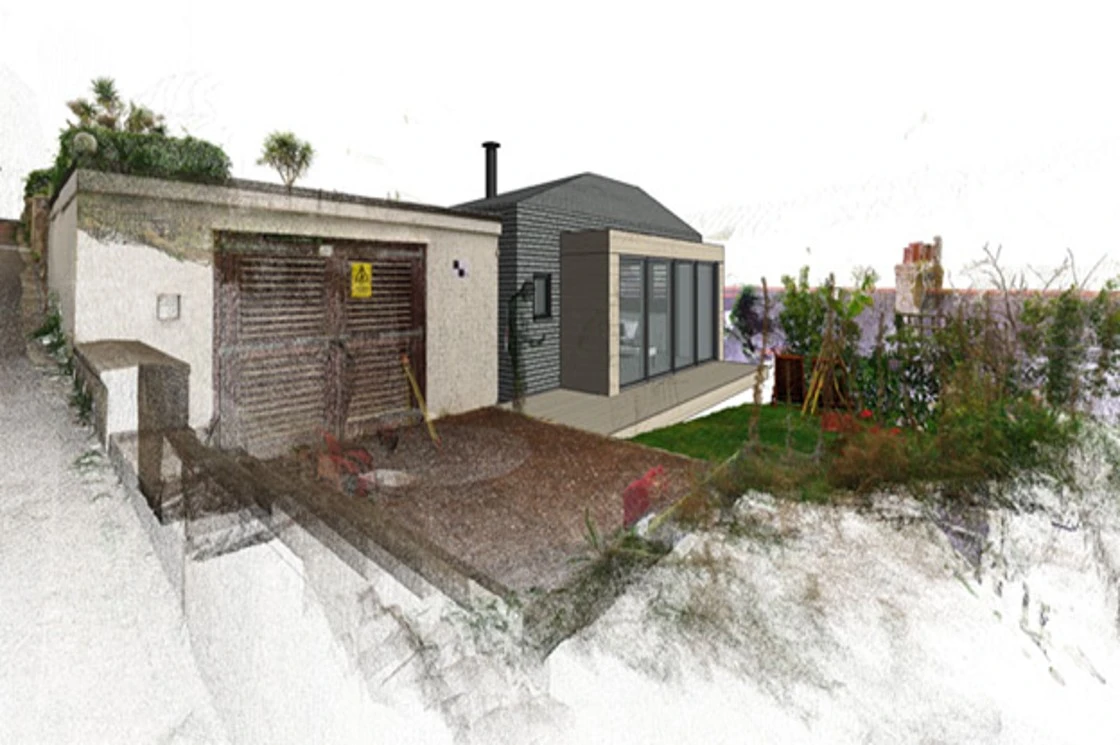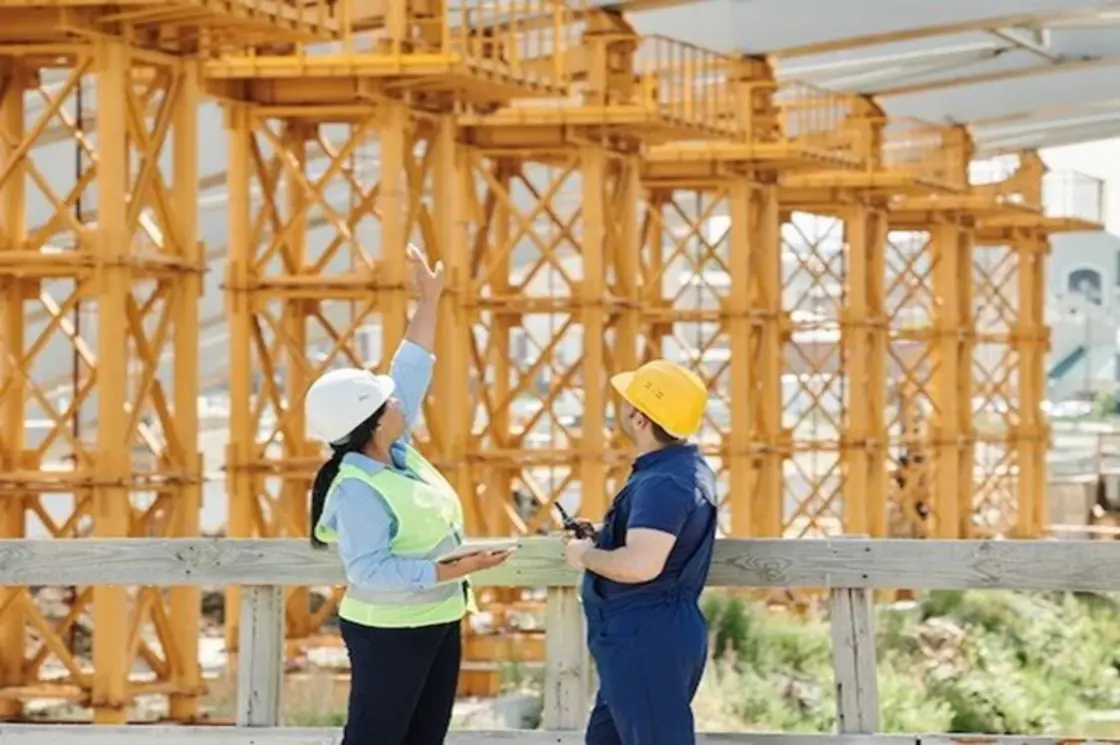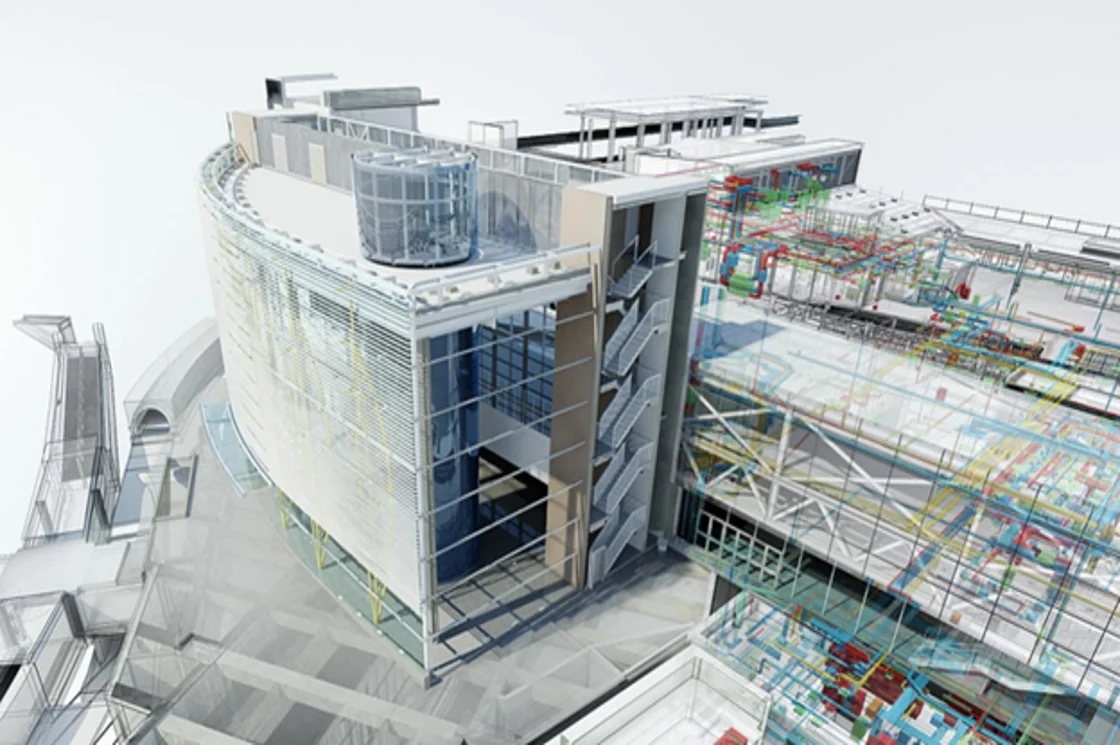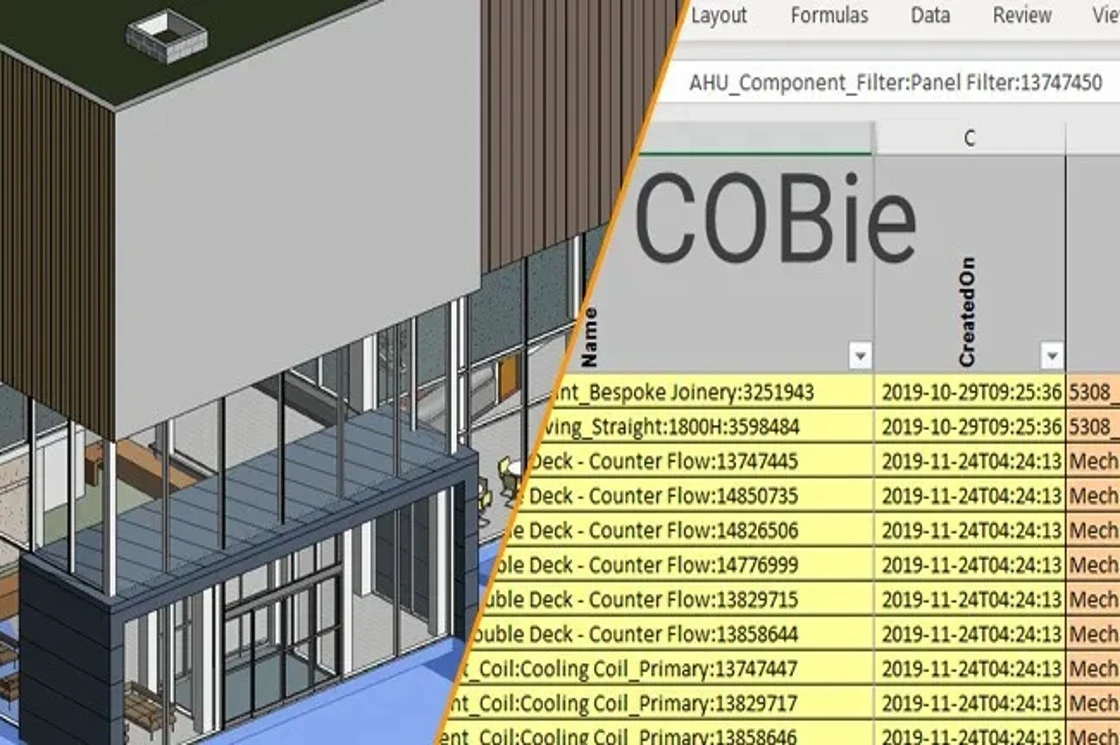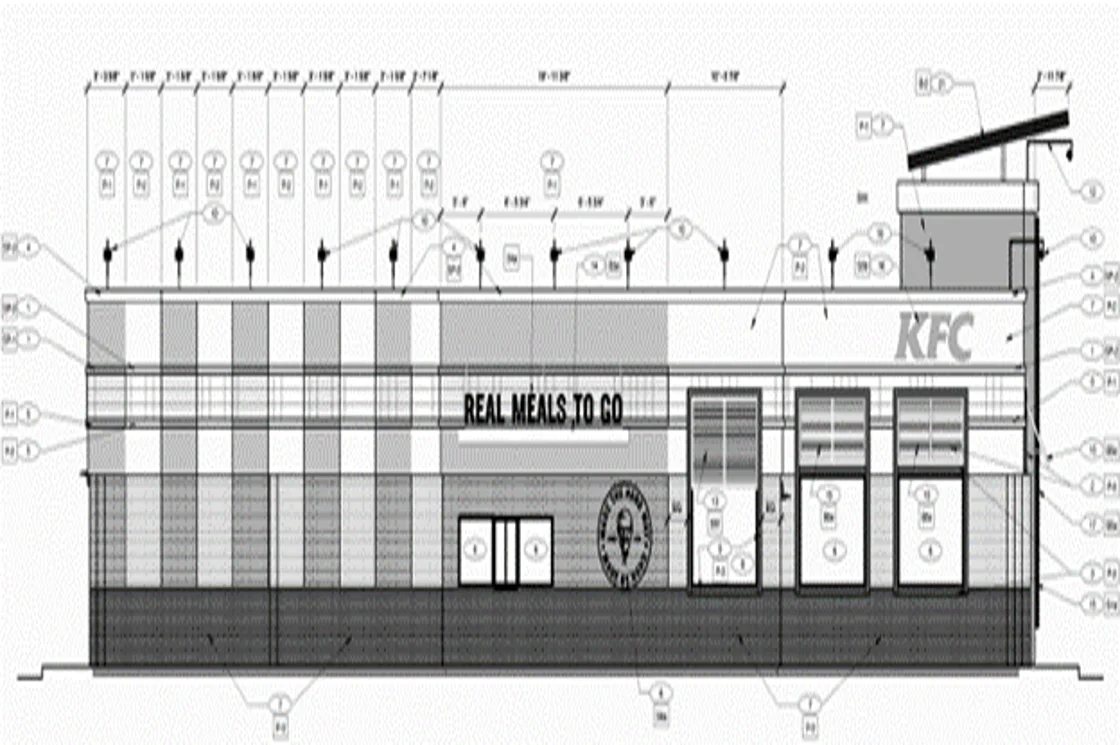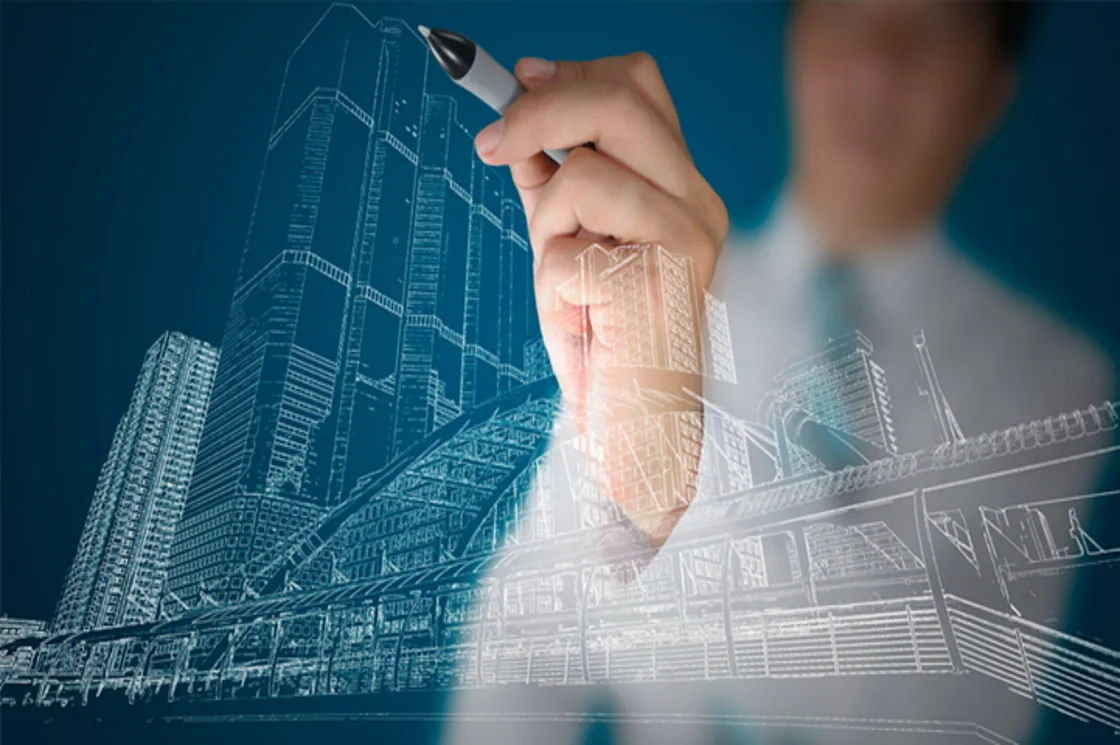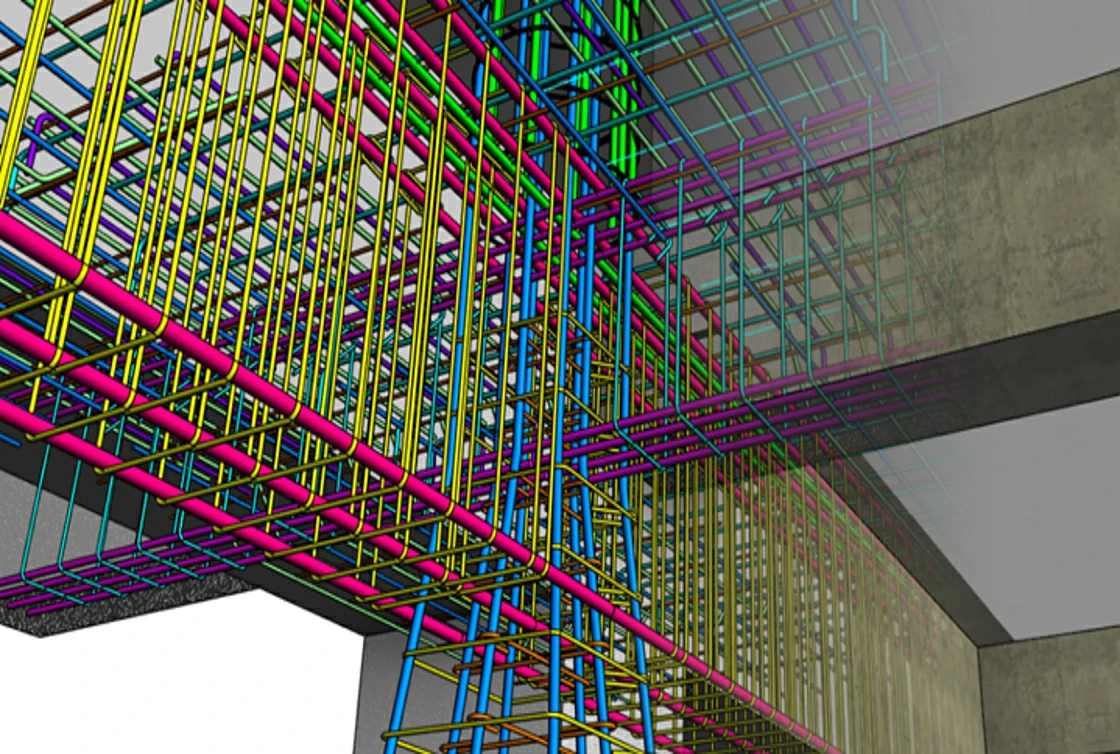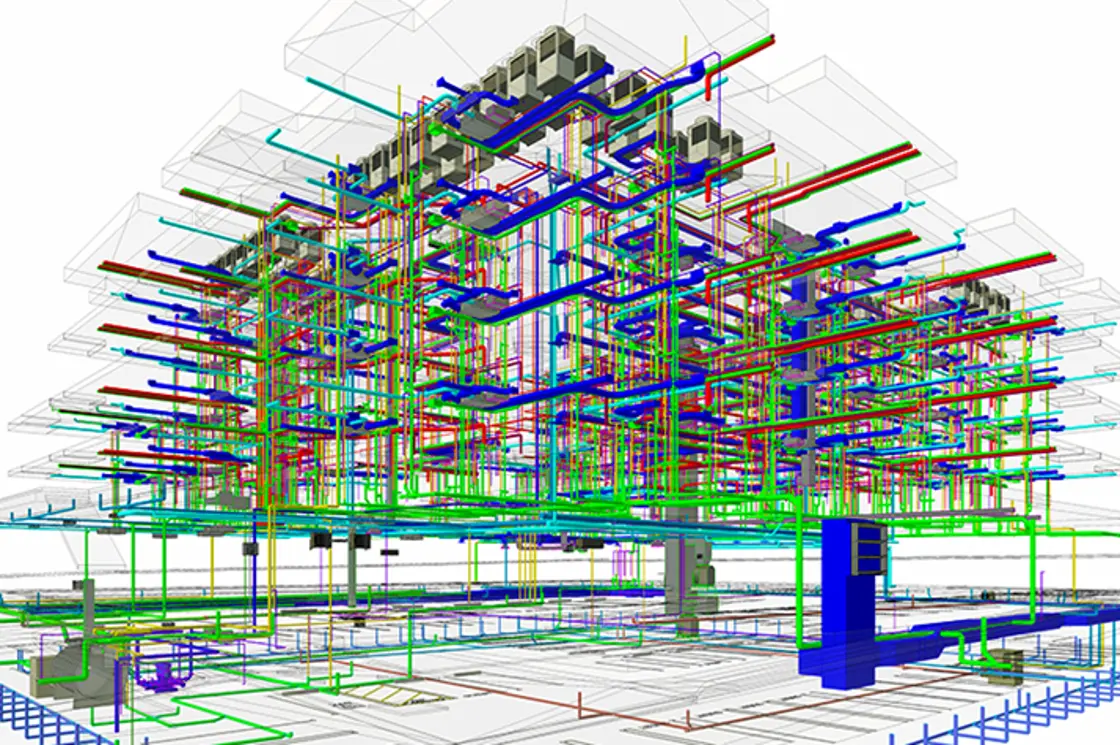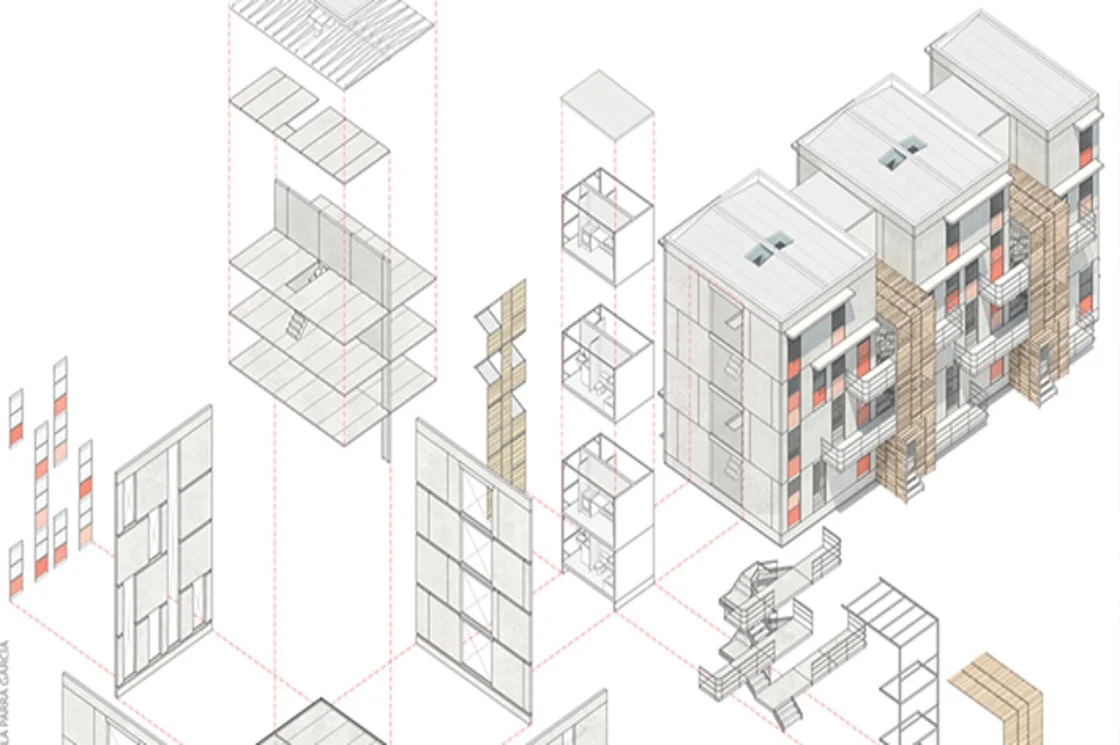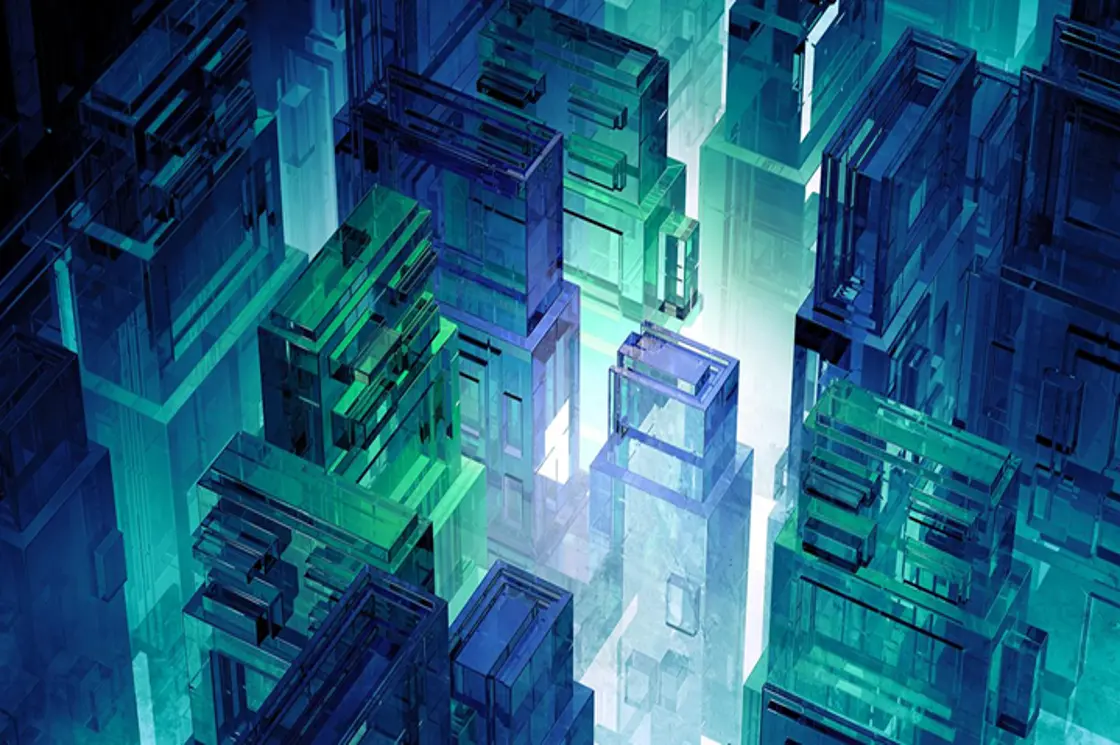Is ‘BIM’ Just a Resume Keyword to Attract Employers?
The ever-increasing fast-paced development is accelerating the demand for BIM architects and BIM Engineers. BIM-buzz has become evident from its presence in every architecture and engineering resume.
The real question is whether BIM just serves as the selling point to land into higher paying jobs or is it really the need of the hour. Let’s find out!
Understanding the Breadth and Depth of BIM
Before we jump to conclusions related to the BIM career, let’s first understand the deeper meaning and value it holds.
BIM is the major revolution in terms of management, communication, and generating of data related to the AEC industry. Ditching the conventional 2D drafting methods, the novel approach is via BIM modeling to generate a virtual prototype of the building.
BIM is both broad and deep. It’s the amalgamation of building services, draftings, subjects, and methodologies on one platform. Through Revit architecture and various other platforms, Building information modeling accommodates vital information pertaining to the project.
Rich in detail and data-oriented models virtually highlight all the clash points and evaluate the efficiency to be taken on-site for smooth construction, operations, and maintenance of a building.
Why is BIM making an Appearance in Every AEC Professional Resume Today?
Most of the architecture portfolios have BIM marked on them. One of the major reasons is the higher salary in the initial phase. However, as you grow in the sector, lacking basic knowledge keeps you static in terms of financial and skills growth.
There are a plethora of reasons for the frequent usage of the keyword in order to achieve BIM jobs. These are:
●Digitization makes the BIM career flexible with possibilities of both online and offline working.
●BIM architects and BIM engineers are promised higher salaries.
●With the booming demand, the BIM career is set to grow further in the coming years.
●Faster working with the latest tools promises a work-life balance.
What does it take to Become a BIM Specialist or BIM Professional?

While the starting point for a BIM architect or any BIM professional is knowledge of software like Autodesk Revit, Navisworks, BIM 360, etc., there’s more to the professional demands.
Experience working on real-world BIM projects
While certified courses aid in skill development, a real project challenge will make it easier to adopt and adapt.
Working knowledge of the AEC industry
BIM architect and engineer is nothing without the working information about AEC standards and procedures.
Ability to manage one or more teams within a BIM project
With multiple members working on a single project, a BIM specialist needs to have the caliber to manage diverse members ensuring better work quality.
How can Employers Judge a Candidate’s BIM Skills?
Apart from the obvious giveaways like relevant BIM project experience, below are some ways a BIM firm can assess a BIM candidate at each stage of hiring.
Resume – What are the BIM-specific terms they have used?
While reviewing the resume, keep an eye on the BIM terms that have been added to the profile. However, excessive usage of the terms might end up being a bluff. Assess whether the candidate knows the actual meaning as well.
Portfolios – How detailed is their BIM project?
The clarity of the concepts and level of detailing play a major role in the BIM architecture portfolio. The project could be a result of teamwork with very little contribution by the candidate. Don’t miss out on asking about their active contribution to the project.
Test with a BIM-oriented task to judge if they fit the job role
Based on the role you’re hiring the BIM associate for, assess them with a task. Keep an eye on the issues or errors they come up with while you’re testing them – are the problems related to software or basic realistic ones?
Interview – What and how do they talk about BIM?
Their clarity on BIM can easily be seen in the way the candidate talks. The candidate must have a disciplined approach and talk about the right tools at the right place. The know-it-alls might have minimal knowledge of the entire process and this is a red flag.
What can Candidates do to Land the Right BIM Role?

Here are a few of the most in-demand BIM jobs.
•BIM Modeler/Technician
A BIM modeler works on platforms that generate a 3D model for the project. Best suited for technical diploma holders.
•BIM Architect
The role of a BIM architect is to manage the model keep it coordinated with design drawings and prepare RFIs. Best suited for Bachelor of Architecture or civil engineering graduates.
•BIM Engineer
The task of a BIM engineer is to manage the MEP model, highlight clashes, and prepare RFIs. Best suited for Bachelor of Mechanical Engineering graduates.
•BIM Project Lead
A project lead is responsible for managing BIM modelers along with architects and engineers. The major role is keeping clarity within the team members, handling queries, maintaining work quality, and issuing RFIs. The project lead is also responsible for client meetings and accelerating the production process to meet project timelines.
•BIM Coordinator
The role of a BIM coordinator is to gather information from different teams and coordinate with them on a single model. The BIM coordinator caters to the broader level of the project by knowing all. i.e. A, S, M, E & P in order to coordinate among different disciplines. Their sole task is to handle the project so that each discipline modeling team is in sync with the latest documents and RFI responses. In addition, they need to coordinate changes in the model with the respective team to make it clash-free. They serve as the one source for project data.
•BIM Manager
The BIM manager serves as the resource handling several BIM projects simultaneously. They are directly involved in preparing BIM Execution Plans for projects, estimating project timelines, managing multiple BIM project leads, assessing design changes leading to additional modeling man-hours, mobilizing modeling teams, attending project coordination meetings, introducing smart ways to complete tasks, staying updated with each project status and identifying weak areas slowing overall work production.
Here are a few of the considerations to be kept in mind while approaching BIM jobs.
1. Be clear about the role you are applying for
With a plethora of opportunities in a BIM career, have clarity on which role works best for you as not knowing the basics of BIM workflow and BIM Software can make one’s sailing tough in the BIM industry.
2. Be specific in your resume
Your resume needs to speak for your interests and capabilities as a BIM professional. Avoid bluffing about BIM concepts you are not aware of. Amplify your BIM strengths, however, know to share your weaknesses also.
3. Demonstrate your level of BIM skills in your portfolio
From technical skills to soft skills, everything crucial needs to go up on your architecture and engineering portfolio. Make sure to be specific about your design knowledge, model management, and team coordination abilities as BIM is not only about modeling but also about understanding the design basics including reading drawings maintaining submission accuracy including managing team members working on the model.
4. Approach with a learning & growth mindset
In the end, it’s all about your growth and learning in the field. Opt for the role that challenges and helps you evolve as a BIM professional.
Is Knowing BIM the Future of Architects and Engineers?

With the high chances of BIM being adopted extensively in the AEC sector, advanced skills will help you stay updated with the latest standards. Keep up with the new-age technologies and demands in order to thrive in the upcoming digitized AEC realm.
Common Queries
1. What is the most relevant KRA of BIM Professionals?
For BIM jobs, one needs to be extremely trained not only to handle technical tasks but in soft skills as well.
2. Is shifting to BIM from Design Industry worth the risk?
With greater efficiency and lesser time consumption in project completion with expert BIM knowledge, a BIM career is definitely worth the shot. However, one needs to understand the basics of design to excel in the BIM industry.
3. How to become a BIM specialist?
One needs to have hands-on experience with tools like Revit software, Navisworks, BIM 360, or any other BIM modeling platform.
4. What skills do you need for BIM?
The major skill that is in demand is BIM model management, team handling, and coordination.
5. Does BIM have a good future?
BIM can be seen to be ruling the AEC sector owing to the game-changing technology and promising results it offers.






